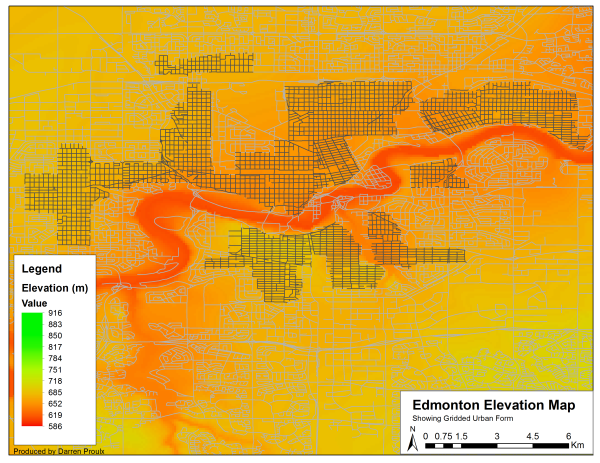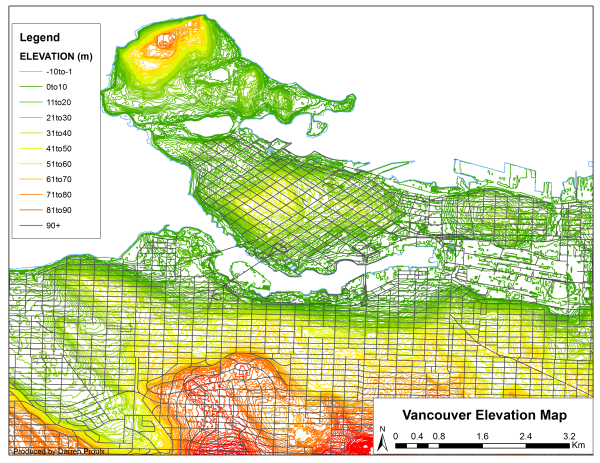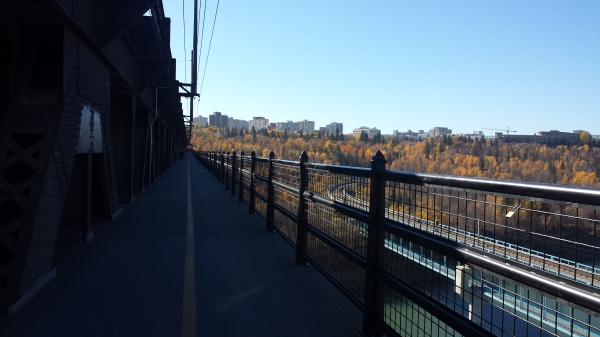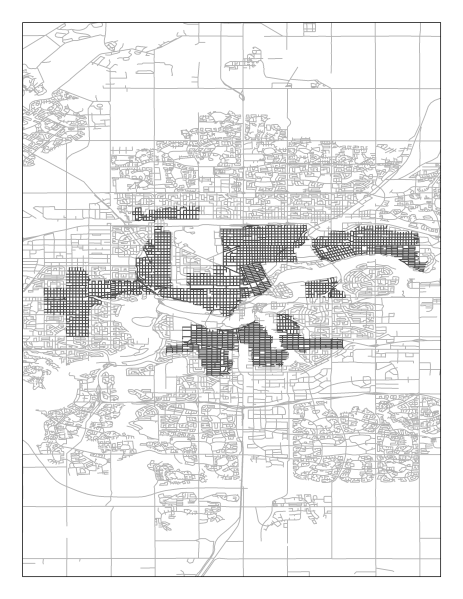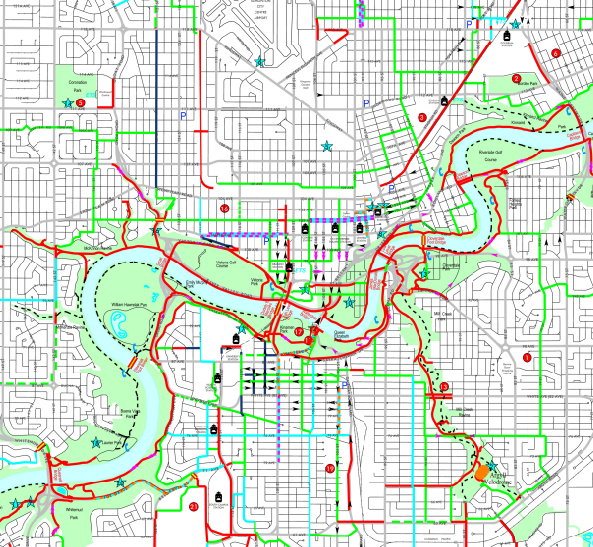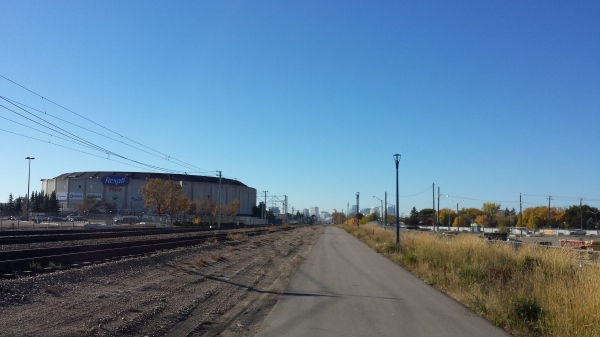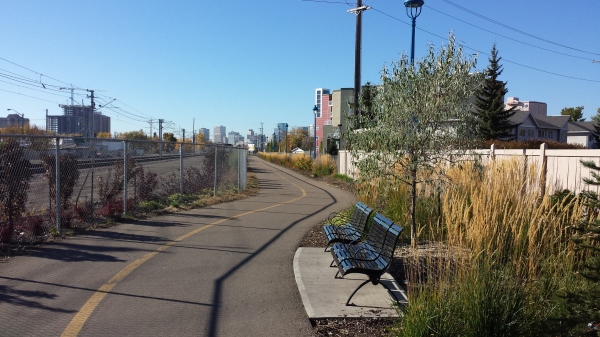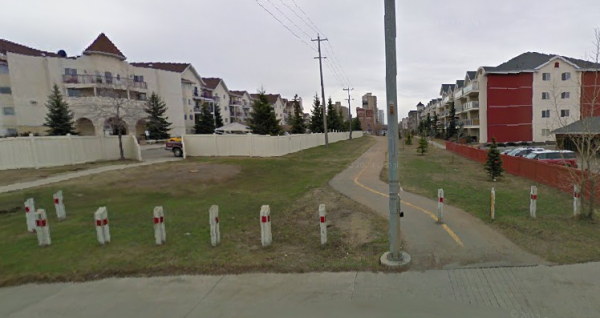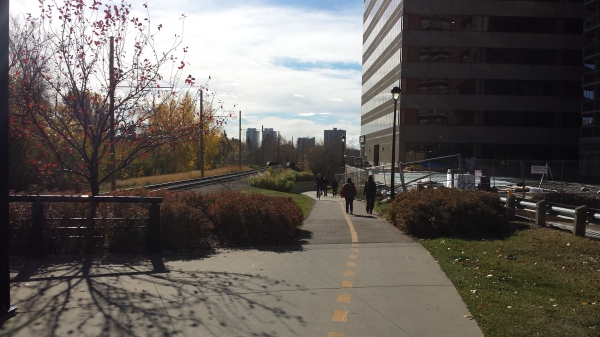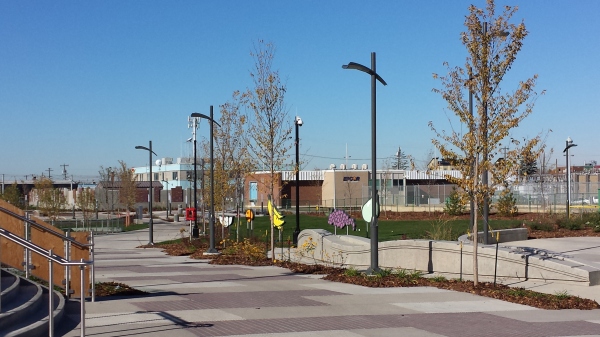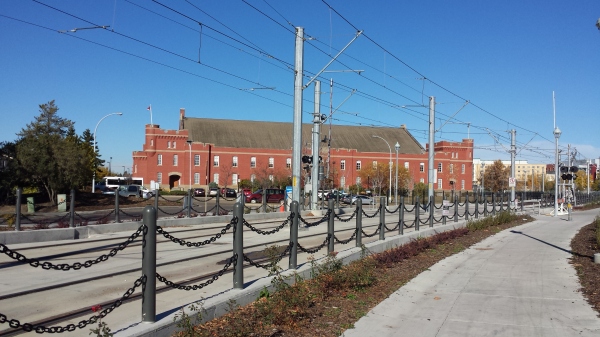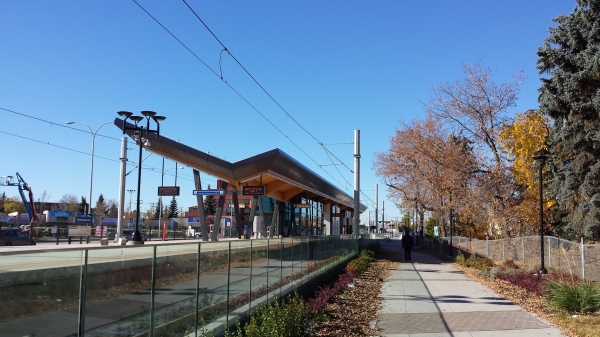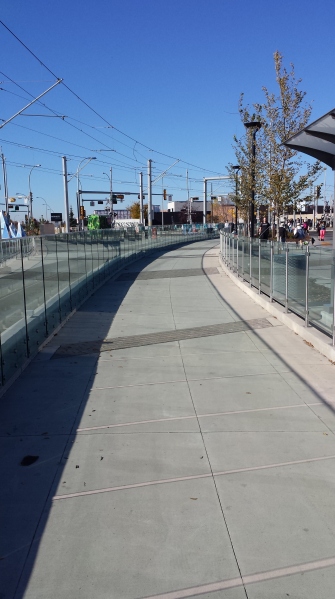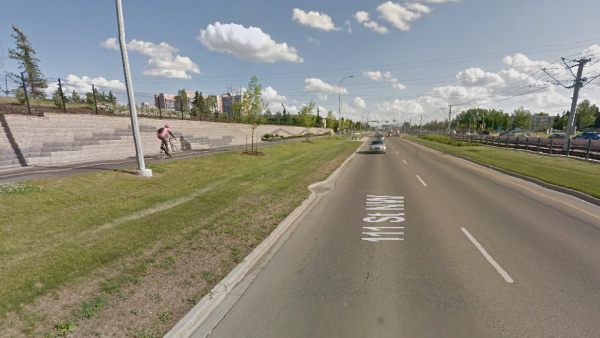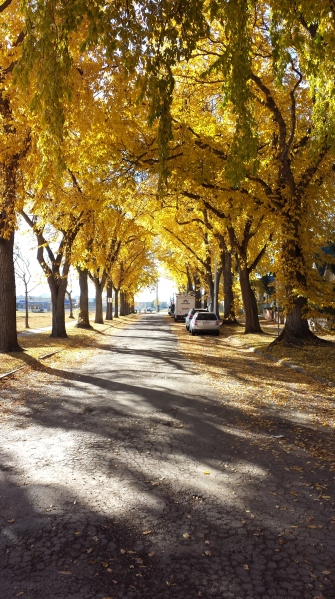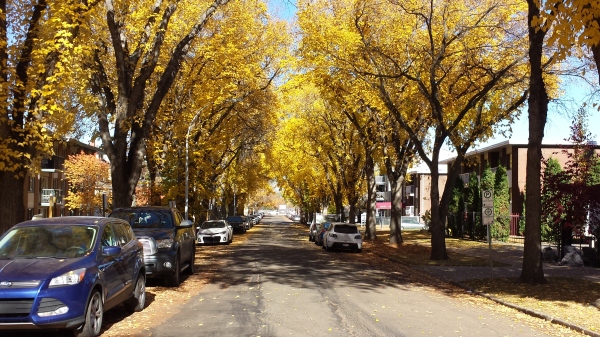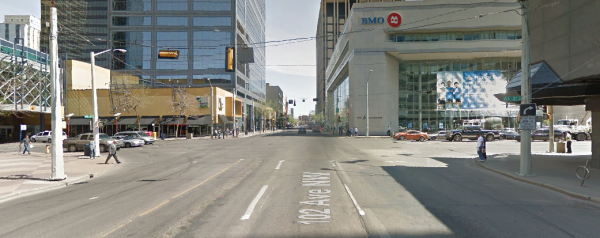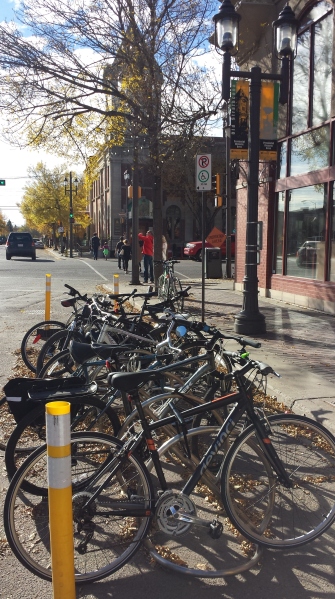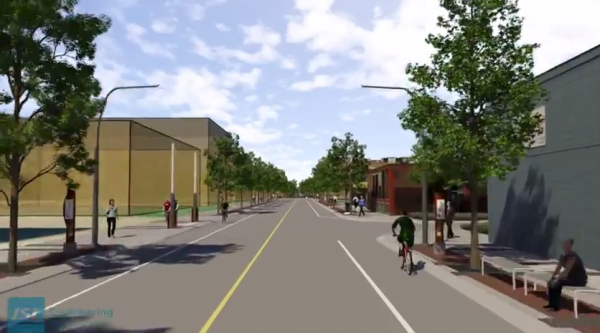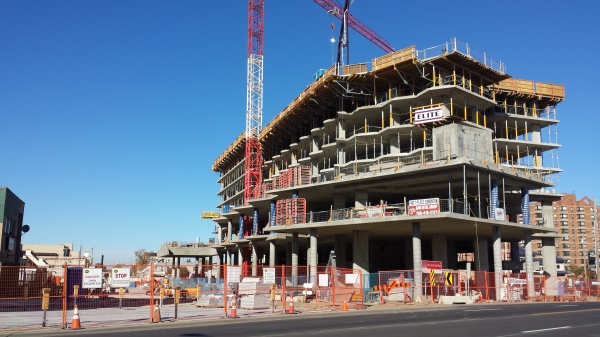Last weekend I visited my hometown in Edmonton. Edmonton is often considered to outsiders and many of its residents a city that loves it cars (according to the 2011 Statistics Canada National Household Survey 77% of people commute to work in a vehicle). It is easy to draw that conclusion if you live in the suburbs or if you only saw Edmonton from the Yellowhead Highway, the Anthony Henday or the inside of the West Edmonton Mall.
Over the last two years I had first hand experience using Vancouver’s terrific, safe and separated cycling network before and after it has rapidly expanded. I have also completed my Master of Urban Studies thesis exploring the requirements for safe and comfortable cycling design. My transportation knowledge was further developed while employed at TransLink, a regional transportation body. Drawing from these experiences I wanted to rate Edmonton’s cycling network in the larger scope of good cycling design.
First, Edmonton has good “bones” for cycling. Edmonton is relatively flat compared to Vancouver, for example. The only real physical barrier for cycling in Edmonton is the River Valley, however the High Level Bridge provides a key at grade crossing from the north-side downtown to the southern Edmonton (home one of Edmonton’s University and Whyte Ave., one of Edmonton’s premier shopping and destination streets).
Edmonton also has great bones with its extensive grid street urban form. Believe it or not Edmonton from 1908 to 1938 was originally developed along a streetcar network. When you look at a map of Edmonton you will find that the areas with a grid structure follow the streetcar lines. A grid street network makes a streetcar system efficient, but it also makes for efficient cycling by maximizing options.

Source: Jason Pfeifer http://spacing.ca/edmonton/2014/02/13/edmonton-streetcar-urban-form-part-1/
Edmonton has the right “built form” ingredients to support big cycling numbers, it is both flat and has an extensive network of street grids.
Another important ingredient is a network of separated bike lanes. How does Edmonton fare on this aspect?
The network is fairly inconsistent and there are gaps, however there are a few high quality, core separated bike lanes. The map below shows that Edmonton’s cycling network greatest strengths are with its several strong north-south protected bike lanes.
Since Edmonton was historically a large rail hub, many of these bike lanes were built as “rail to trails” along old rail corridors.
Edmonton has also had the foresight to include pedestrian and cycling facilities with each new LRT project. While these lanes are not perfect as they mix pedestrians and cycling which can lead to injuries, they are certainly a good start.
Edmonton also has a number of neighbourhood on-street designated cycling corridors. The traffic volume and speeds on these roads are low enough to exclude separation. That being said, more traffic calming should be used similar to Vancouver’s neighbourhood cycling boulevards.
As you can see from the map above, Edmonton is missing north-south and east-west connections through the downtown that are direct, separated and safe. Right now the city is consulting with the public on the best options for the 102 Ave east-west connection which will incidentally coincide with the new SELRT expansion. This will be a critical link in the cycling network. The image below shows that this road is wide and experiences heavy traffic, this bicycle corridor will not be effective unless the cycling facilities are separated from traffic.
Otherwise Edmonton has been piloting these on-street cycling corrals. This one by Whyte Ave. was well used. Bike corrals are great for clearing the clutter off the crowded and busy sidewalks.
Edmonton also has a 88 km River Valley dividing the city. While these paths are intended almost purely for recreational use, they should be noted since the 88 km length will be connected end to end with multi-use paths with 16 bridge crossings for pedestrians and cycling.

Dudley B. Menzies Bridge Multi-Use Path Source: http://palter.ca/global/2013/06/05/the-magnificent-bridges-and-bicycle-trails-of-edmontons-river-valley/

River Valley Multi-Use Trails Source: http://palter.ca/global/wp-content/uploads/henday-underpass-edmonton-river-valley.jpg
The City of Edmonton is also planning on some new cycling improvements. The 105 Ave Streetscape projects will be a big improvement for pedestrians. While there is not high volumes of traffic on 105 Ave, a separated lane should still be sought, or at least traffic barriers similar to those used on neighbourhood cycling boulevards in Vancouver.
The city also has plans to revitalize the Quarters area, as part of that plan is the Armature which will introduce a woonerf style mixed bike, pedestrian and vehicle promenade. I suspect the city will not properly design the woonerf, which is meant to be a road where pedestrians and people cycling are prioritized and vehicles are permitted at walking speed.

The Proposed Armature
To wrap this up, Edmonton does have some strong protected north-south separated cycling lanes, however Edmonton lacks a clear network of separated and safe cycling lanes. Efforts should be focused on getting a minimum grid in place downtown. Similar to Calgary and the efforts from 8-80, a minimum grid is the bare minimum connected grid network of protected bike lanes. Money should be invested in upgrading 105 Ave and 102 Ave as East-West separated cycling lanes. The Armature will add a high quality eastern downtown north-south connection. Another north-south connection should be considered on 104 St or 103 St. The good news is that space is aplenty. Inefficiencies in the road network can be removed from the wide right-of-ways and low traffic volumes to make room for on-road separated bike lanes with no loss in road capacity.
